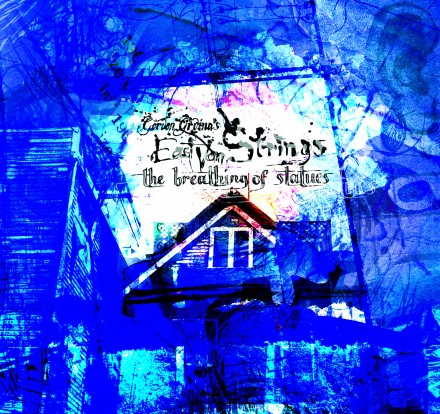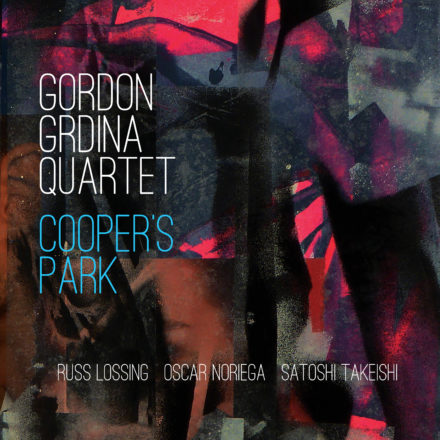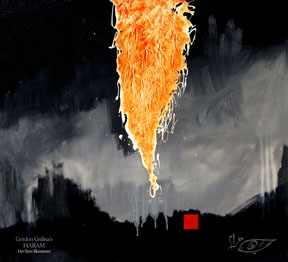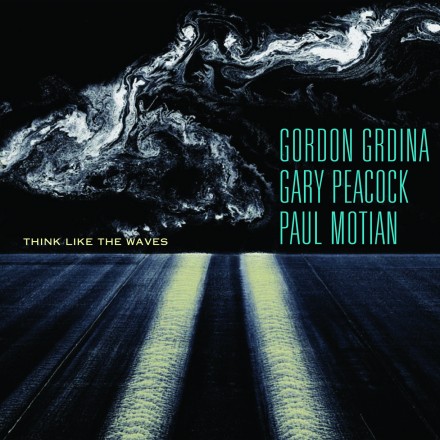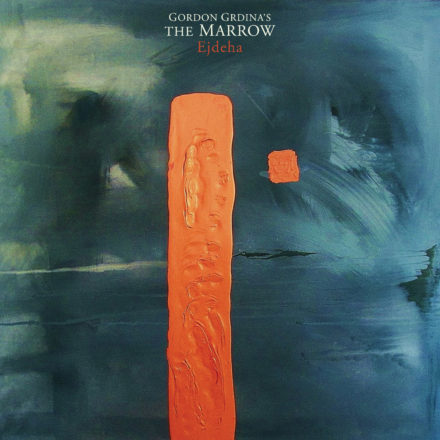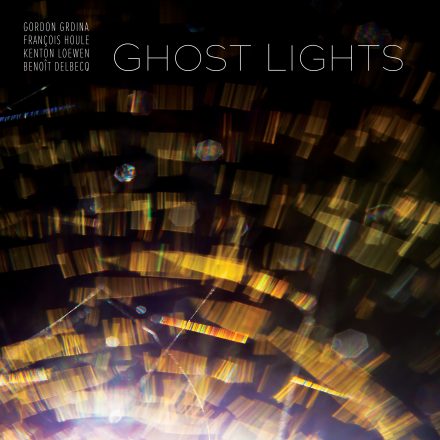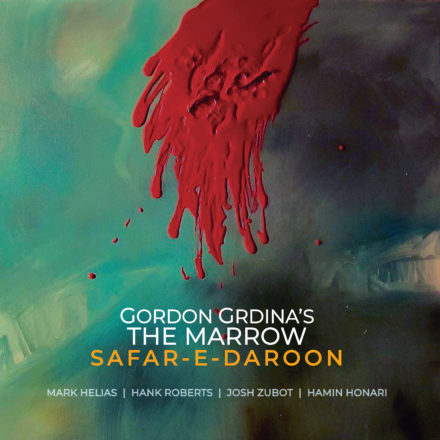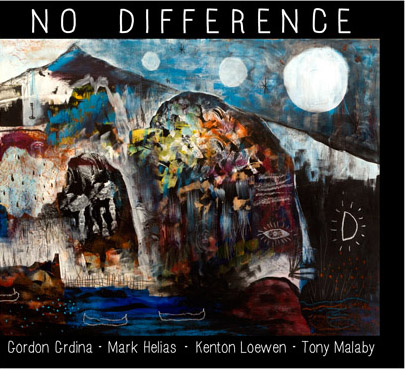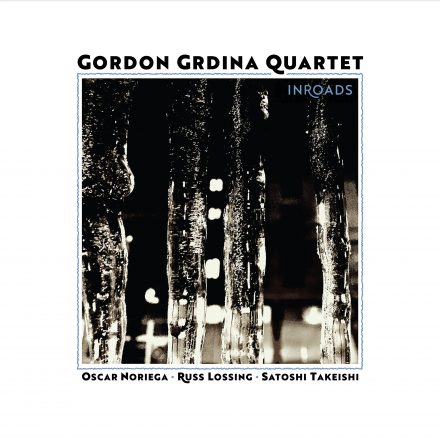Gordon Grdina's East Van Strings
The Breathing of Statues
SGL SA1572-2Since his 2006 SACD on Songlines, Think Like the Waves (featuring Gary Peacock and Paul Motian), Vancouver’s Gordon Grdina has cultivated multiple projects and collaborations, most recently documented on his Trio CD …If Accident Will (Plunge Records).
The Breathing of Statues is a project for string trio and guitar inspired by Grdina’s longtime fascination with the music of Bartok, Webern and Berg and an appreciation of Jim Hall’s late-career pieces for strings. It began in a sense in 1998 with a command performance of Bartok’s 6th quartet with the hired quartet at his brother’s wedding, which he describes as “an ordeal, definitely not standard wedding repertoire.” The opportunity to put together his dream trio came only in 2006. By then he was also deeply immersed in the study and performance of Arabic-inspired music on the oud.
Grdina began writing with these three players in mind, the written material based on ideas that had emerged during free playing with each of them individually and which seemed to reference Bartok and the second Viennese school. “The written material was to be a sort of framework around the improvisation. I’m a big fan of atonality, or as Schoenberg says atonic music, where tonality is still present though it’s been greatly expanded. But I’m not formally trained as a classical composer, I’ve just listened to the music from an improvising musician’s perspective. Once we started playing together things changed quite a bit, because I wanted to have the input of these musicians that I greatly admire. Each of them has a unique sound and perspective on music, and as the leader I wanted to be consciously open and malleable so that we could come up with something together. In the end the core ideas stayed true to my concept, but the resulting execution and arrangements were forged by the ensemble.”
And what an ensemble! Peggy Lee has dual careers as a classical/contemporary cellist and celebrated avant-jazz bandleader/free improviser. Technique and expression are at one in her playing, which can be profoundly lyrical and intensely gritty almost in the same moment. Jesse Zubot (of Zubot and Dawson fame) is also classically trained, and like Lee a dextrous and imaginative improviser, who deranges/rearranges everything from bluegrass and indie rock to Arabic scales and extended noise techniques in his pursuit of sonic mischief and delight. Eyvind Kang plays a large number of instruments (violin and viola mainly, but also bass, erhu, guitar and setar, just to mention strings) and has created music in a myriad of contexts, including Bill Frisell’s Richter 858 string group (Songlines) and collaborations with Indian and Persian musicians. Here his dark/nasal viola sound is at times an anchor in the midst of chaotic complexity.
Grdina also notes the influence of minimalism in several pieces (“Selma” for example). And then there’s the title track, “The Breathing of Statues,” which establishes a contemplative, subtly shaded atmosphere. It follows the development of the Arabic maqam (mode) Nahawand through a conversation between oud and string trio, initiated by unaccompanied oud improvisations (taqasim) and culminating in a dance-like section for the full quartet in an almost traditional Arabic 10/4 rhythm. “I’ve been studying the oud pretty consistently, trying to get deeper into Arabic classical repertoire and get inside the study of taqasim. It’s a music that has a vast history, so it has a lot of subtleties and secrets that slowly get revealed. Aside from this study I’ve been playing the oud in a freer context in my Trio, and I’ve started a 9-piece Arabic-meets-the-avant-garde big band called Haram” As well, his long-running world music group Sangha combines his oud and compositions with Persian and Indian music.
Grdina’s plans for East Van Strings? “I’d like to get us playing more frequently but it’s tough with a dream group because everyone has insane schedules. Musically I want to keep performing the repertoire and let it take on a new life. I can hear the pieces morphing into one another in the future, and I think it just takes lots of playing to make that happen.”
For more info: jessezubot.com, peggylee.net.
